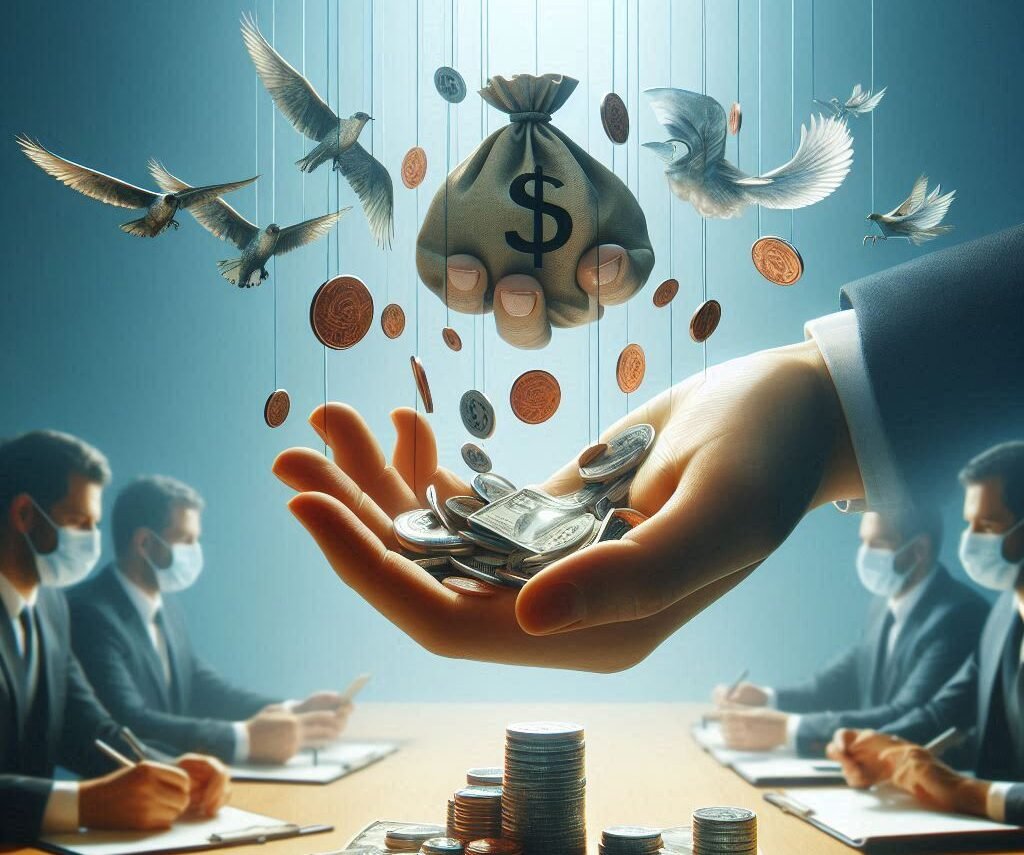
Imagine you’ve just discovered a treasure chest in your backyard. You sell the gold, suddenly have more money than you ever dreamed of, and start buying imported food, gadgets, and luxury items. But now your home garden is neglected, your local shop closes because no one buys there anymore, and your neighbors who grew vegetables for a living are out of work. You’re rich, but your neighborhood’s falling apart.
That, in a nutshell, is Dutch Disease.
Despite sounding like something you’d catch in a damp Amsterdam café, Dutch Disease isn’t an actual illness—it’s an economic condition. The term was coined in 1977 by The Economist magazine to describe a weird thing that happened to the Netherlands. In the 1960s, they discovered massive natural gas reserves in the North Sea. This should have been great news—more energy, more exports, more cash flowing in. But strangely, the Dutch economy began to suffer. Why?
Here’s the layman version: when a country suddenly gets a flood of money from a booming resource industry (like oil, gas, or minerals), its currency gets stronger. That makes exports from other industries (like manufacturing or farming) more expensive on the world market. So while the gas industry was thriving, factories were shutting down and jobs were vanishing. The economy became unbalanced—too much focus on one sector, not enough resilience.
It’s not just the Dutch who’ve “caught” this problem. Countries like Nigeria (oil), Venezuela (oil), and even Australia (mining) have faced similar issues. When resource wealth comes rushing in, it often sidelines other parts of the economy. It’s like a band where the drummer wins the lottery and drowns everyone else out with golden cymbals.
So yes, Dutch Disease is an economic paradox: a country can get poorer by getting richer, especially when it relies too heavily on one booming sector. The fix? Smarter policy, diversified investments, and maybe a reminder not to put all your tulips in one basket.
RELATED POSTS
View all

